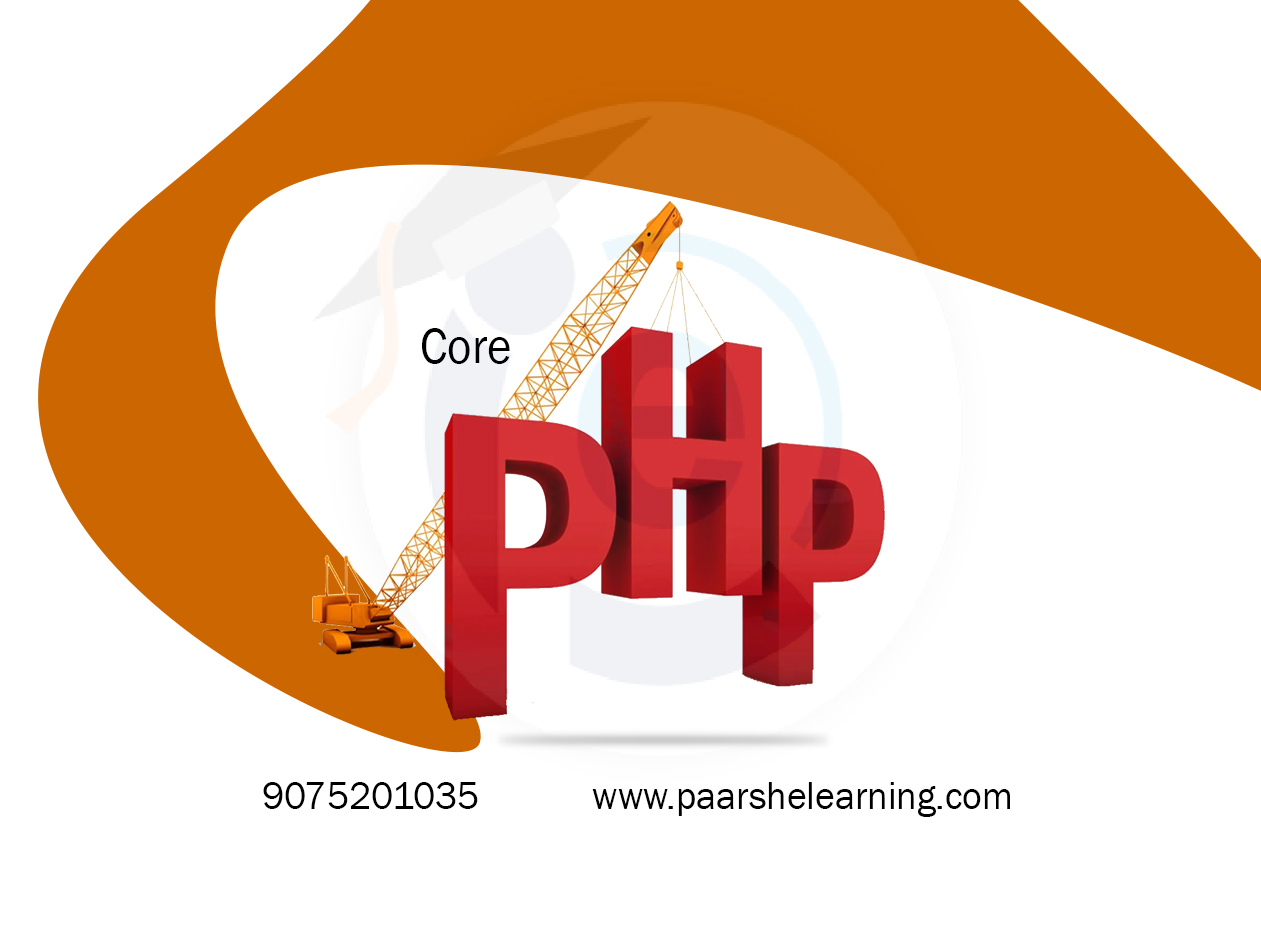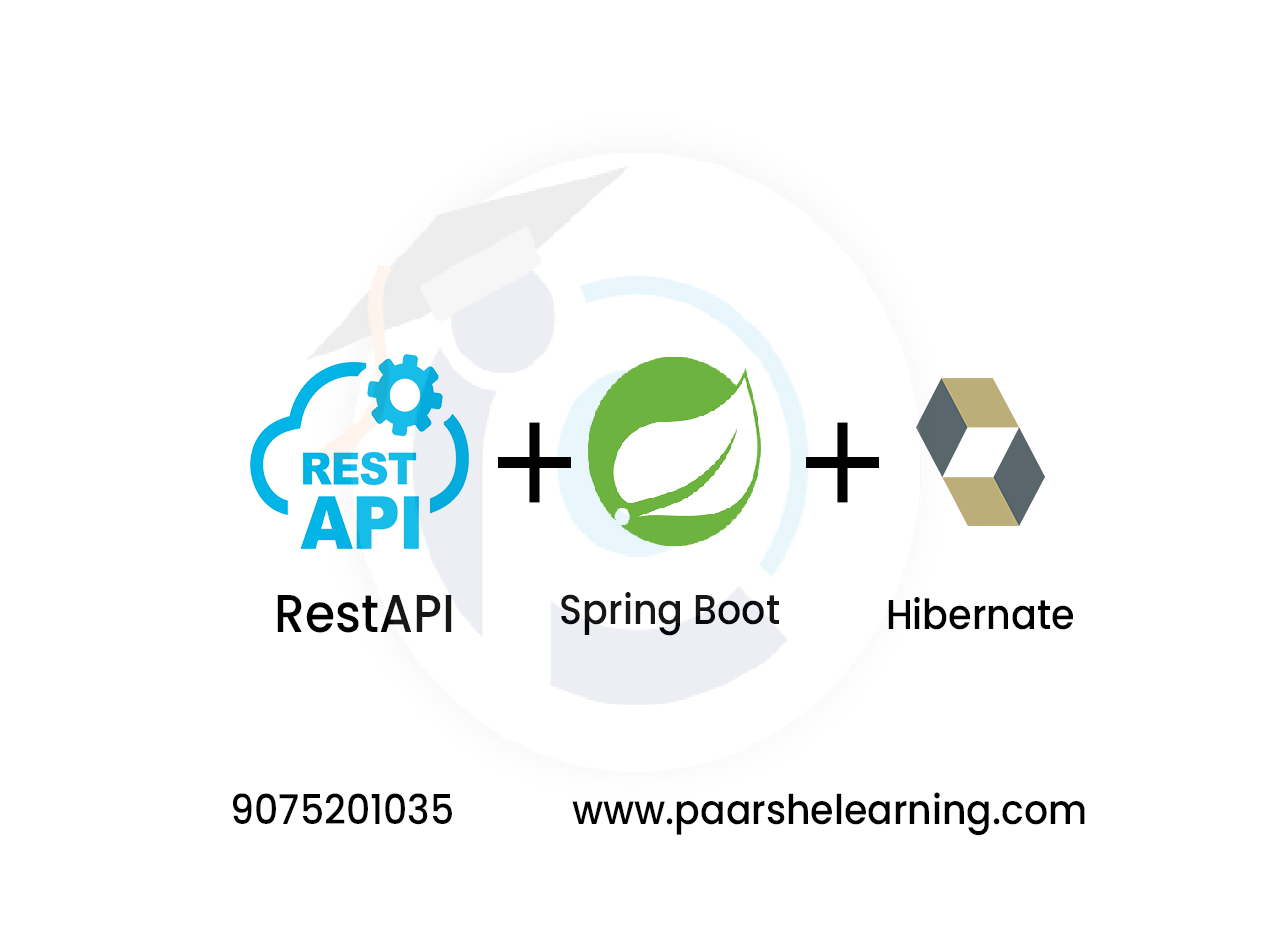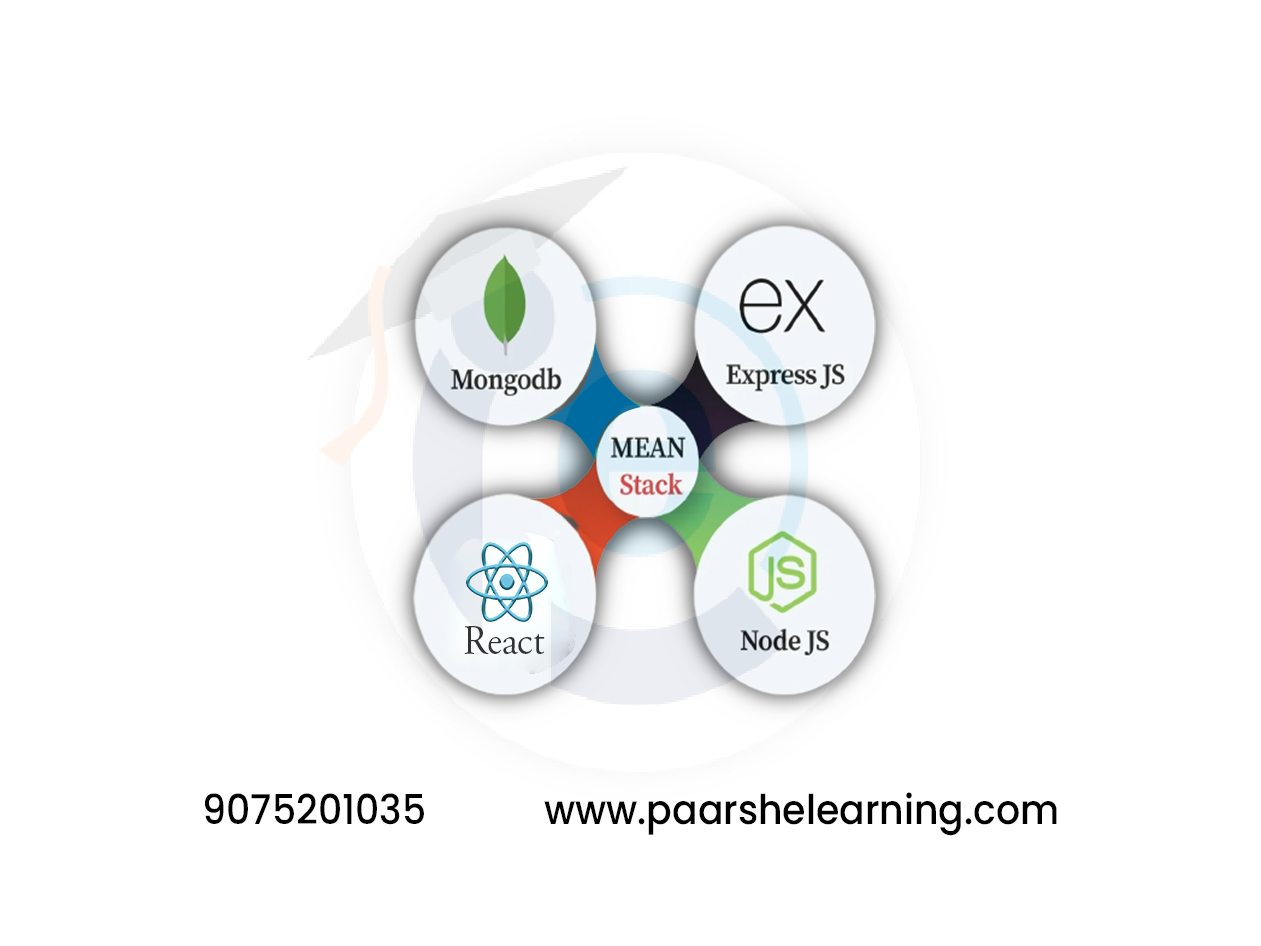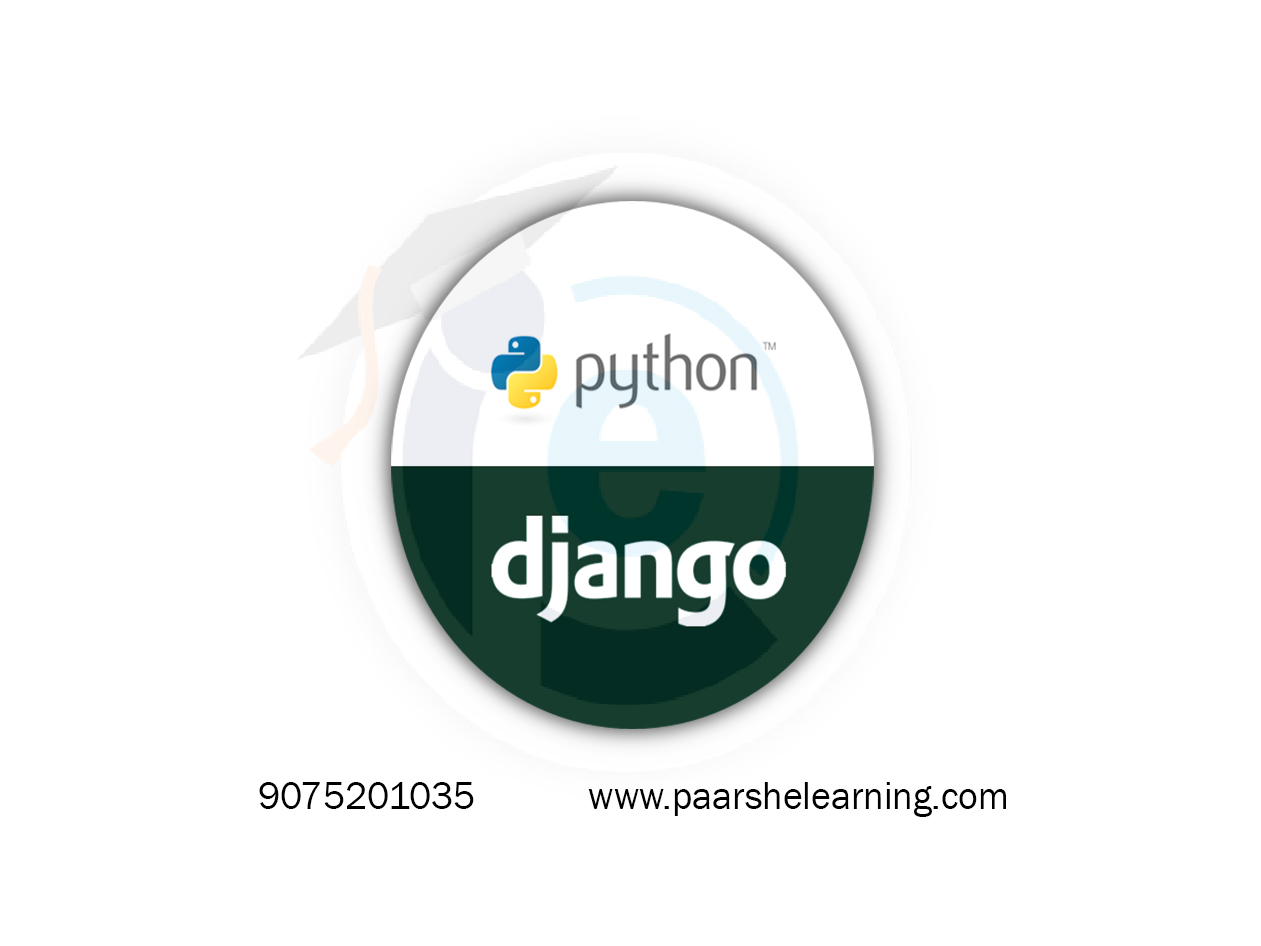- HTML: Basics of HTML, including elements, tags, attributes, and structure. Students will learn how to create HTML documents and web pages, and how to add content such as text, images, and videos.
- CSS: Introduction to CSS, including selectors, properties, and values. Students will learn how to style web pages using CSS to control the layout, colors, fonts, and other visual elements.
- Bootstrap: Overview of Bootstrap, including its grid system, components, and utilities. Students will learn how to use Bootstrap to create responsive web pages that work well on different devices and screen sizes.
- JavaScript: Introduction to JavaScript, including variables, data types, control structures, and functions. Students will learn how to use JavaScript to add interactivity and dynamic behavior to web pages.
- JQuery: Introduction to JQuery, including selectors, events, and effects. Students will learn how to use JQuery to simplify common JavaScript tasks, such as manipulating the DOM, handling events, and creating animations.
HTML, CSS, Bootstrap, JS, JQuery
Course description
HTML, CSS, Bootstrap, JS, and JQuery are technologies commonly used in front-end web development. Here are some prerequisites you should have to get the most out of a course on these technologies:
-
Basic knowledge of HTML: You should have a good understanding of HTML syntax and structure.
-
Basic knowledge of CSS: You should be familiar with CSS selectors, properties, and values.
-
Familiarity with Bootstrap: It is recommended that you have some experience using Bootstrap, a popular front-end framework for building responsive websites.
-
Basic knowledge of JavaScript: You should have a solid understanding of JavaScript syntax, data types, functions, and objects.
-
Familiarity with jQuery: It is recommended that you have some experience using jQuery, a popular JavaScript library that simplifies the process of DOM manipulation and event handling.
-
Familiarity with code editors: You should be familiar with code editors like Visual Studio Code, Atom, or Sublime Text.
Overall, a good understanding of HTML, CSS, Bootstrap, JS, and jQuery can be beneficial for anyone who wants to learn how to build responsive and interactive web applications. If you are new to these technologies, it is recommended that you take some introductory courses from Paarsh E-Learning.
What you will learn from this course?
This course includes!
- Daily Live session
- A recorded session with problem-solving material
- Access on Mobile and TV
- Certificate of completion
- Recommendation Letter
- 100% Job Placements
This course is for
- Web developers who are just starting out and want to learn the basics of web development.
- Designers who want to learn how to create visually appealing and responsive websites.
- Business owners who want to create their own websites.
- Anyone who wants to improve their skills in web development and building modern websites.
Prerequisites for this course
- Basic understanding of HTML: You should have a basic understanding of HTML syntax and structure.
- Basic understanding of CSS: You should be familiar with CSS selectors, properties, and values.
- Familiarity with Bootstrap: It is recommended that you have some experience using Bootstrap, a popular front-end framework for building responsive websites.
- Basic understanding of JavaScript: You should have a solid understanding of JavaScript syntax, data types, functions, and objects.
- Familiarity with jQuery: It is recommended that you have some experience using jQuery, a popular JavaScript library that simplifies the process of DOM manipulation and event handling.
- Code editor familiarity: You should be familiar with code editors like Visual Studio Code, Atom, or Sublime Text.
- Basic understanding of web development: You should have a basic understanding of web development concepts like web servers, HTTP protocol, and web page structure.
Html, Css, Bootstrap, Js, Jquery Syllabus
-
Introduction To Web Development And Html
Overview of web development and its components Introduction to HTML and its structure Creating a basic HTML document Working with HTML tags, attributes, and elements
-
Basic Html Elements
Working with headings, paragraphs, lists, and links Inserting images and media elements Using semantic HTML for better structure Understanding HTML forms and input elements
-
Introduction To Css
Introduction to CSS and its importance Applying inline, internal, and external styles Selectors, properties, and values in CSS Styling text, colors, backgrounds, and borders
-
Css Layout And Positioning
Understanding the CSS box model Working with margins, padding, and borders Creating layouts using floats and positioning Introduction to Flexbox and CSS Grid
-
Introduction To Bootstrap
Overview of the Bootstrap Framework Setting up a Bootstrap project Using Bootstrap's grid system for responsive layouts Styling elements using Bootstrap classes
-
Advanced Bootstrap Components
Using Bootstrap navigation and menus Working with forms, buttons, and input groups Incorporating Bootstrap modals and alerts Customizing Bootstrap themes and styles
-
Introduction To Javascript
Introduction to JavaScript and its role in web development Writing and embedding JavaScript in HTML documents Understanding variables, data types, and operators Using JavaScript to manipulate the DOM
-
Javascript Functions And Events
Creating and calling functions in JavaScript Working with events and event handlers Manipulating DOM elements using JavaScript Introduction to jQuery and its features
-
Paarsh E-Learning encourages hands-on practice, assignments, and projects throughout the course to reinforce students' understanding of front-end web development concepts. Assign practical exercises that involve building web pages, styling using CSS, implementing interactive elements using JavaScript, and incorporating Bootstrap components. Cover both theoretical concepts and practical applications to provide a well-rounded learning experience.






